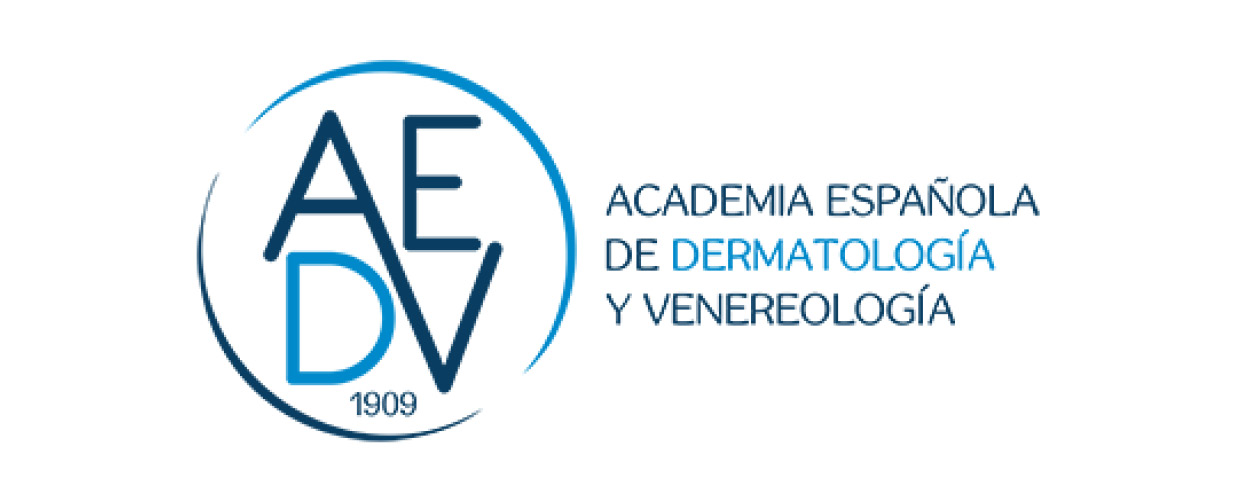VOLVER
IMCAS World Congress 2025
IMCAS World Congress 2025
Programa
Adapte el horario de la clase / congreso transmitido en vivo a su zona horaria
Referencia de zona horaria: (UTC+02:00) Europe, Paris
Hair restoration: Medical treatments, what's new? (in collaboration with AEDV)
Sala: Room 401 - Level 4
Fecha: viernes 31 enero 2025 de 16:00 a 18:00
Formato: SESIÓN ENFOCADA > presentación que cubre una temática principal del congreso
Fecha: viernes 31 enero 2025 de 16:00 a 18:00
Formato: SESIÓN ENFOCADA > presentación que cubre una temática principal del congreso
Las presentaciones
| Horas | Oradores | Título de la presentación | Resumen | Número |
| 16:00 | Part 1 | 144519 | ||
| 16:00 | 2025: What’s new in androgenetic alopecia? | 139903 | ||
| 16:11 | Alopecia areta: New treatment approaches and overview of current therapies | Ver | 144344 | |
| 16:22 | Telogen diffusum: What's new? | 144549 | ||
| 16:33 | What you should know about new therapies for hair loss 2025 | 144418 | ||
| 16:44 | Part 2 | 144520 | ||
| 16:44 | Chemical peels for scalp and hair disorders | Ver | 144516 | |
| 16:55 | Hair follicle sulfotransferase activity and effectiveness of oral minoxidil in androgenetic alopecia | 139901 | ||
| 17:06 | The intersection of nutraceuticals and nutrition in alopecia | Ver | 144517 | |
| 17:17 | How to position exosomes in the clinical practice of a trichologist: Indications and results | 144971 | ||
| 17:29 | Dispelling the foundation of hair transplant surgery, donor dominance | 147789 | ||
| 17:34 | Structured debate and Q&A with the audience | 139909 | ||

















